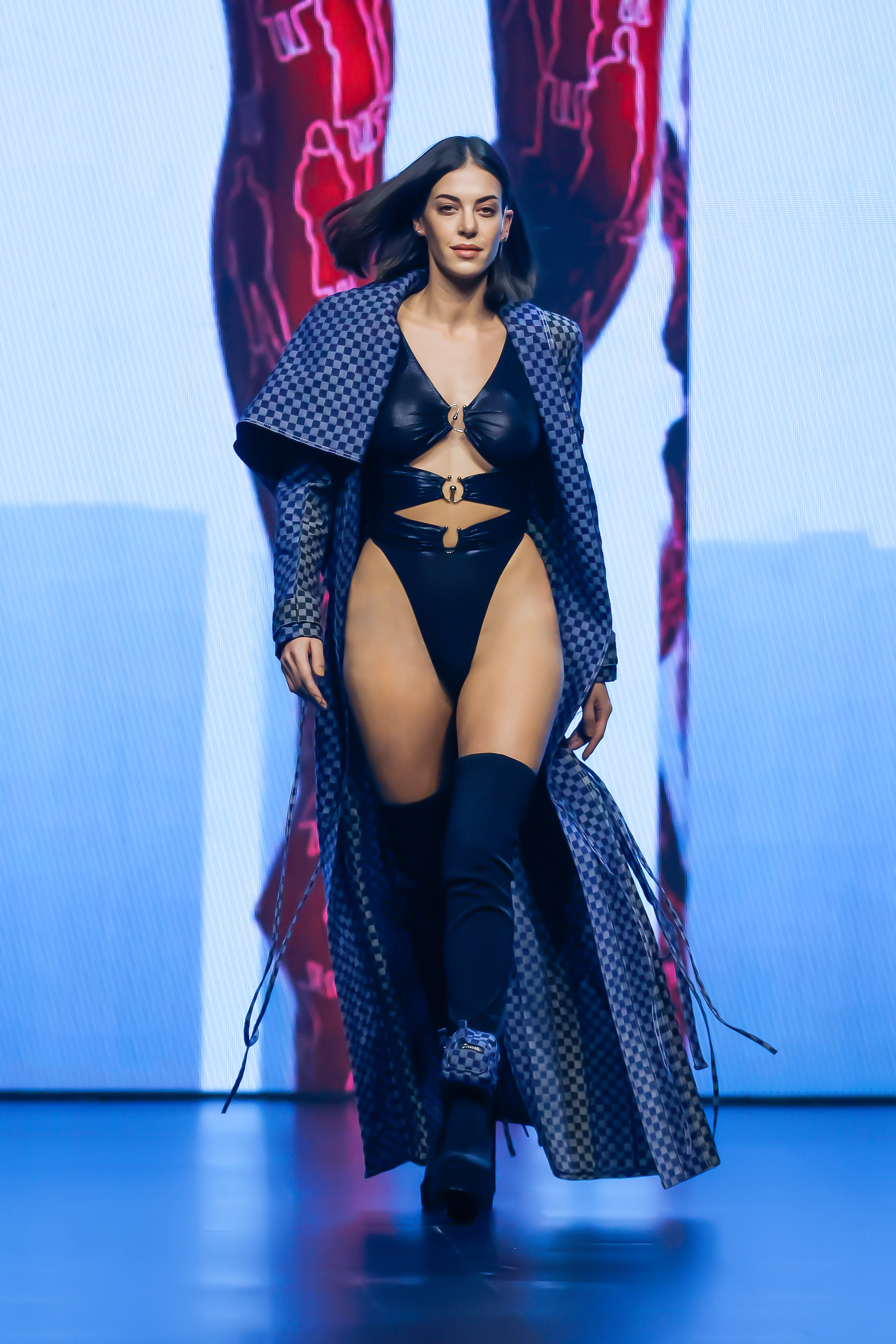Editorial
What lies ahead for Fashion Industry after Donald Trump’s Victory in US elections
Donald Trump’s victory in the U.S. presidential election could have several implications for the fashion industry, based on insights from web sources and expert sentiments :

Trade and Tariffs:
Trump has historically favored protectionist policies, which could mean an increase in tariffs on imported goods. This would likely lead to:
- Higher Production Costs: Fashion brands might face increased costs for materials like textiles and garments, especially those sourced from countries like China, due to these tariffs. This could affect pricing, with potential price spikes on clothing as mentioned by retail groups and individuals on X.
- Supply Chain Adjustments: Brands might accelerate the trend of nearshoring or diversifying supply chains away from China to countries with more favorable trade agreements, like Vietnam, Indonesia, or even Mexico. This move could be seen as an opportunity for some companies to shift production closer to the U.S., reducing dependency on long supply chains.
Regulation and Labor:
- Regulation Rollback: Trump’s stance on reducing government regulations could potentially ease some of the regulatory burdens on fashion businesses, allowing for more flexibility in operations.
- Labor Policies: His policies might not favor initiatives like increasing the minimum wage, potentially affecting labor costs and conditions in the fashion industry, especially in sectors like garment manufacturing.
Sustainability and Environmental Impact:
- Withdrawal from Climate Initiatives: Trump’s skepticism towards climate change action, like pulling out of the Paris Agreement, could lead to less stringent environmental regulations. This might benefit fashion companies in terms of compliance costs but could slow down the industry’s shift towards sustainability.
Cultural Impact:
The fashion industry has shown a tendency to engage politically, especially in elections. Trump’s policies, which often emphasize nationalism and traditionalism, might not align well with the global and progressive image many fashion brands promote. This could lead to:
- Brand Positioning: Brands might need to navigate how to position themselves politically, potentially affecting their marketing strategies or partnerships.
- Consumer Sentiment: There could be a divide in consumer sentiment, where some might favor brands that align with Trump’s vision, while others, particularly those in more progressive demographics, might look for brands that oppose or critique these policies.
Economic Policies:
- Tax Policies: Lower corporate taxes could be beneficial for larger fashion conglomerates, potentially boosting profits but also possibly increasing economic inequality, which might impact luxury brand consumer bases.
Market Reaction:
- Investment and Market Confidence: Some investors might see Trump’s policies as favorable for business due to tax cuts and deregulation, potentially boosting stock values for fashion companies. However, the uncertainty around tariffs and international trade could lead to volatility in the sector.
Given this landscape, while some aspects of Trump’s policies might benefit certain segments of the fashion industry through economic growth and deregulation, others like tariffs could pose challenges, particularly for brands reliant on global supply chains. The industry might need to adapt by innovating in sourcing, production, and marketing to align with or navigate these new economic and political realities.





















